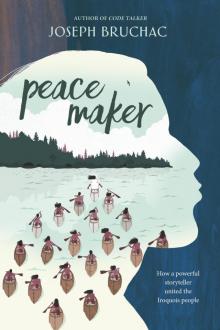 Peacemaker
Peacemaker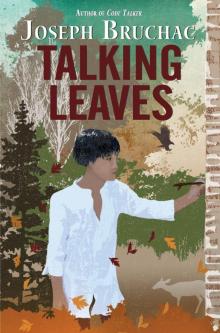 Talking Leaves
Talking Leaves Found
Found Killer of Enemies
Killer of Enemies Wabi
Wabi Rose Eagle
Rose Eagle Code Talker
Code Talker The Long Run
The Long Run Dragon Castle
Dragon Castle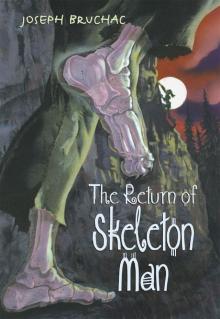 The Return of Skeleton Man
The Return of Skeleton Man Pocahontas
Pocahontas Whisper in the Dark
Whisper in the Dark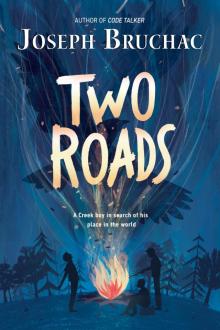 Two Roads
Two Roads Brothers of the Buffalo
Brothers of the Buffalo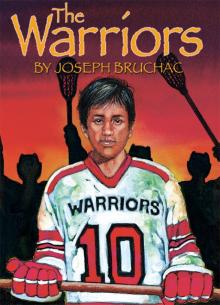 The Warriors
The Warriors The Way
The Way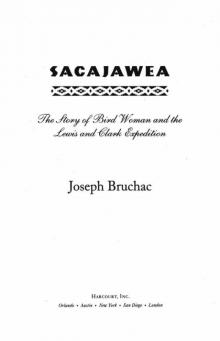 Sacajawea
Sacajawea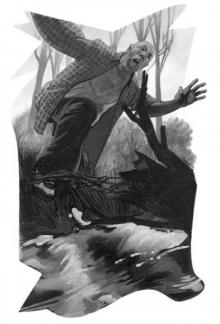 Night Wings
Night Wings March Toward the Thunder
March Toward the Thunder Bearwalker
Bearwalker Skeleton Man
Skeleton Man The Trail of Tears
The Trail of Tears On This Long Journey
On This Long Journey Flying with the Eagle, Racing the Great Bear
Flying with the Eagle, Racing the Great Bear